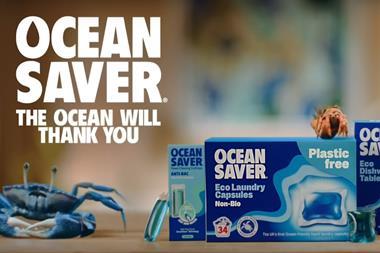With ‘back to school’ now a distant memory, marketers will be looking to Christmas - and not just via traditional advertising channels. Even in the increasingly tight online market, you can still gain a competitive advantage.
Programmatic buying is drastically changing display advertising. Real-time bidding has allowed retailers to use data to decide which audience groups are worth targeting and what message to show them. So you no longer need to rely on direct marketing to get up close and personal with your customer.
For online strategy, retailers can learn from Waitrose’s Christmas 2012 campaign (something confirmed in this title a couple of months ago “Waitrose sales surge 11% with online powering ahead”). My team has been running Waitrose.com’s real-time display advertising for the past 16 months. To maximise its seasonal return, Waitrose used its first-party data to create display campaigns that were dynamically tailored to specific groups of its existing customers, and to acquire new customers more effectively.
If we dig deeper in to the campaign you start to see the power of advertising decisions made in real time. All Waitrose’s online customers were dynamically excluded from its Christmas new customer campaign. This was combined with advertising only in postcodes where Waitrose distributes, and optimising when ads were shown, which message was used, and where they were placed, based on historical off-site customer behaviour.
It gets really interesting when we look at the active use of Waitrose customer data. Site activity, purchase behaviour and customer relationship management data allowed Waitrose customers to be exclusively shown tailored offers to remind them to place their Christmas orders early, and with Waitrose.
Waitrose was also able to maximise the return from Christmas delivery slots by telling customers about useful offers and products they could add to their basket post-order, but before the cut-off date for delivery. Even after Christmas, data was used to give seasonal shoppers an offer to encourage more regular purchase.
If the results are compared with the previous year, average order value (AOV) and shopper frequency increased and order amends nearly doubled. Peter Burns, Waitrose’s online marketing manager, highlighted the change in mentality: “Most retailers think you can only drive AOV on site, but with the current technology marketing off site can have the same effect.” Since Christmas, we have been working with Waitrose to grow the detail with which we see customer behaviour to further evolve the campaign and increase our efficiency. Christmas this year, Waitrose’s display advertising has a clear strategy based on business need, and the data to deliver it.
Retailers no longer need to rely on unsegmented, untargeted display advertising, which ultimately does not work towards business goals. Advertisers who understand this are focusing on getting to know their customers and using that understanding to deliver a more personalised message this Christmas.
Attila Jakab is client services director at Infectious Media



















No comments yet